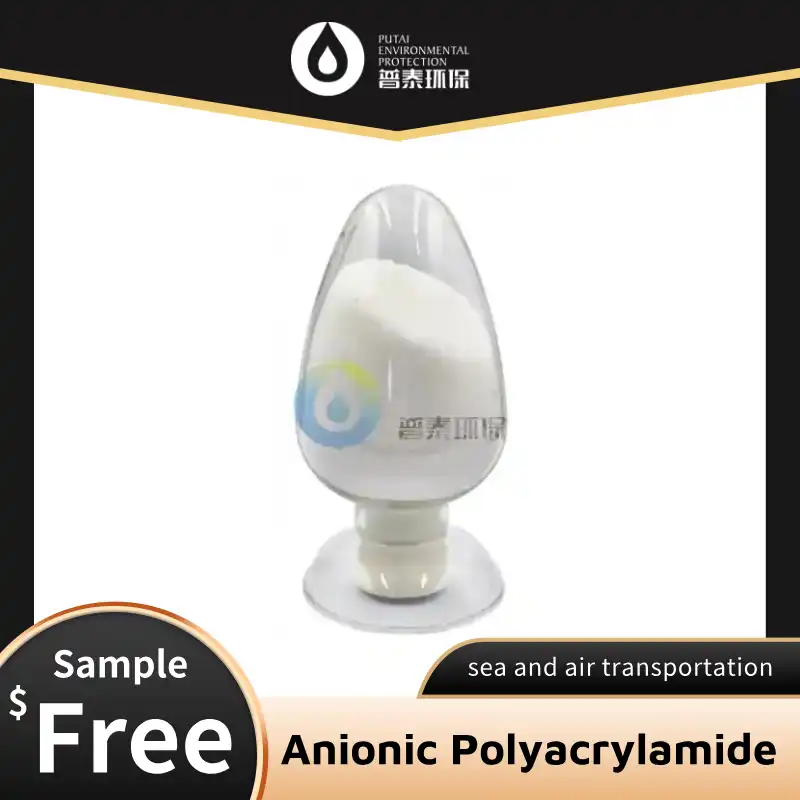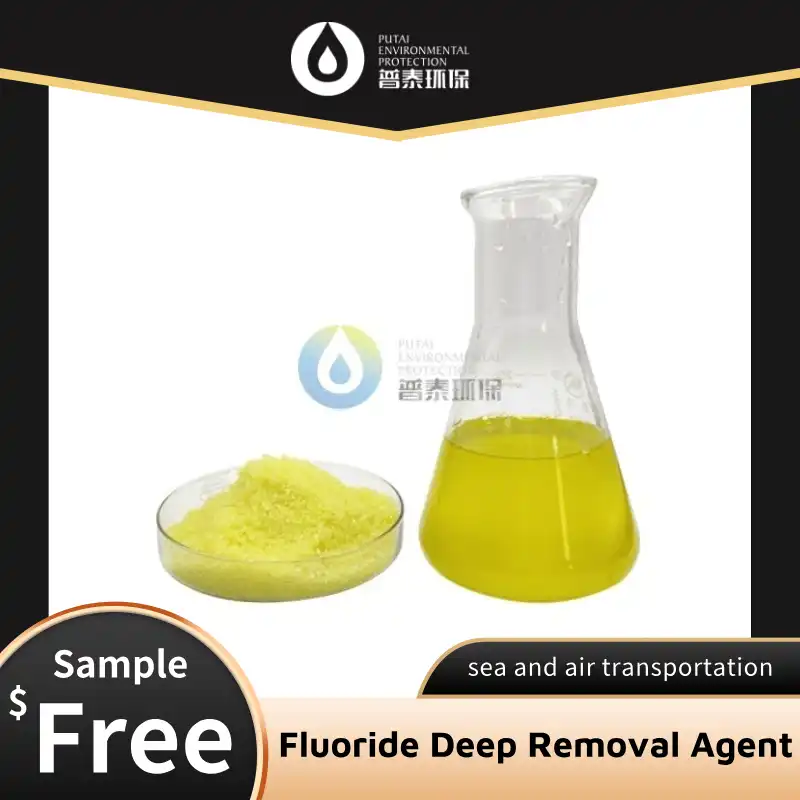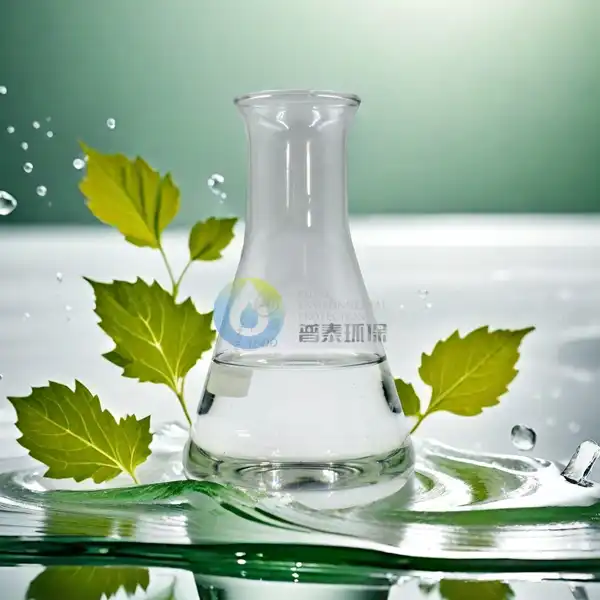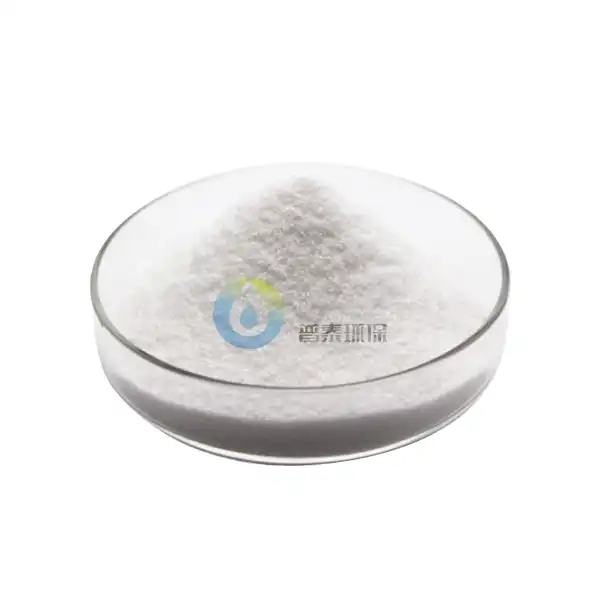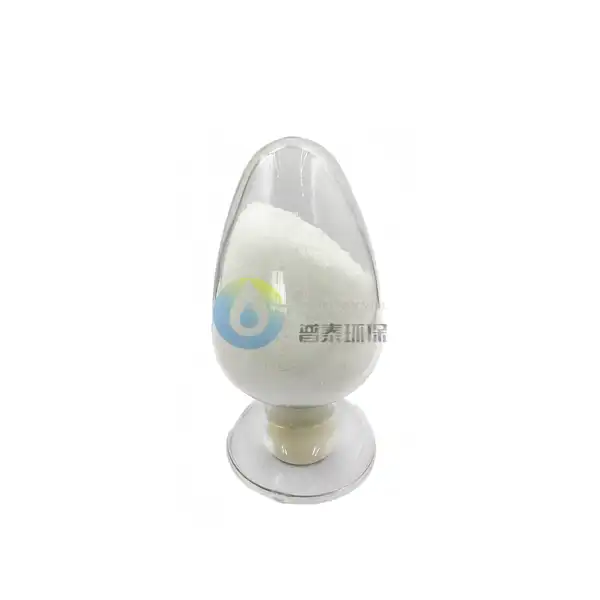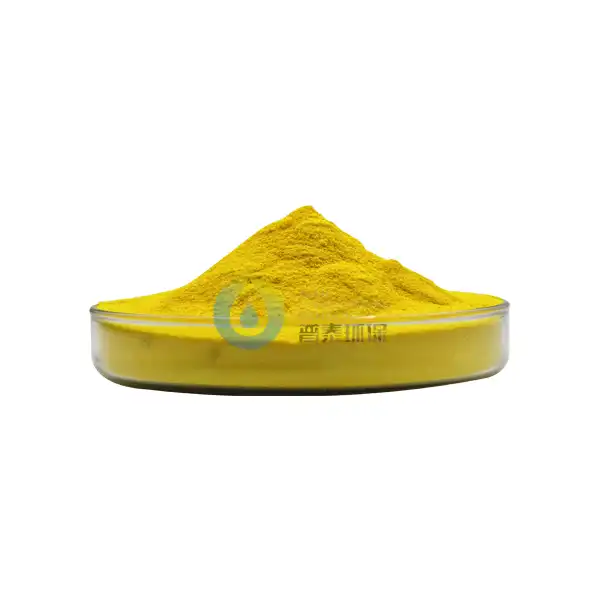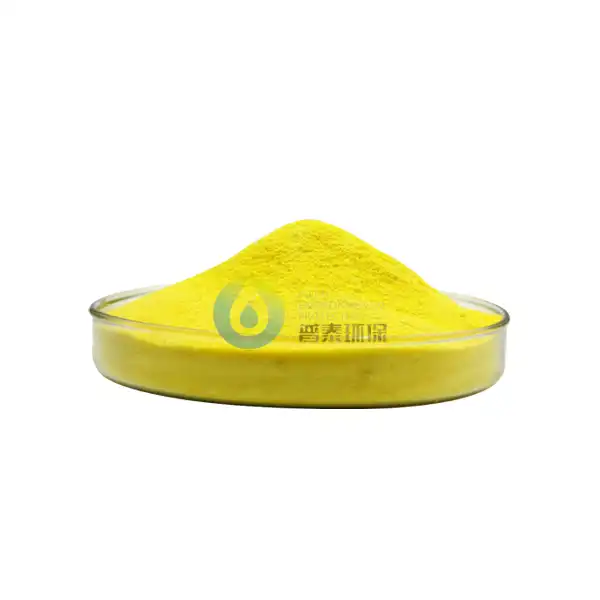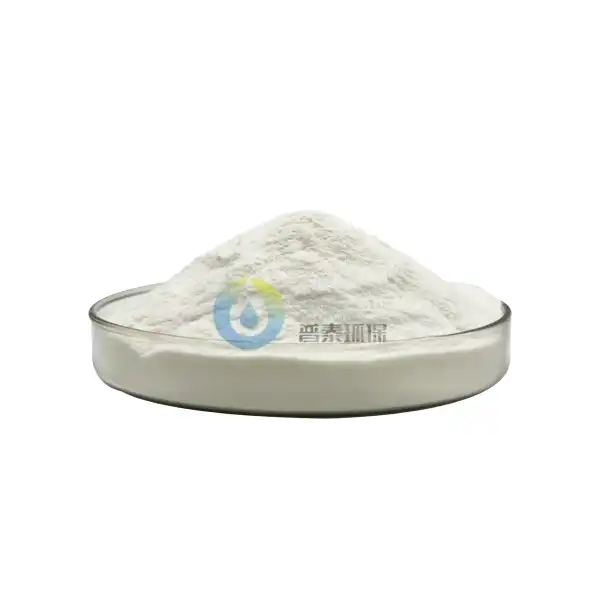What Industries Use CAS 1327-41-9?
Polyaluminum chloride (PAC), identified by CAS number 1327-41-9, is a versatile inorganic polymer widely used across multiple industries as a coagulant and flocculant. This chemical compound plays a crucial role in various industrial processes due to its ability to remove impurities from water and other solutions. Its effectiveness stems from its chemical structure that allows it to neutralize negatively charged particles, causing them to coagulate for easy removal. This blog explores the industries that rely on CAS 1327-41-9 and examines its applications within each sector.
What Makes CAS 1327-41-9 Essential for Water Treatment Processes?
How Does PAC (CAS 1327-41-9) Function in Municipal Water Treatment?
Polyaluminum chloride (CAS 1327-41-9) serves as a primary coagulant in municipal water treatment facilities worldwide. When introduced to raw water sources, PAC neutralizes the negative charges of suspended particles such as clay, silt, organic matter, and microorganisms. This neutralization process causes these particles to clump together, forming larger flocs that can be easily removed through sedimentation and filtration processes. The effectiveness of CAS 1327-41-9 is particularly notable because it performs well across a wide pH range (5.0-8.0) and in varying water temperatures. Unlike traditional aluminum sulfate (alum), PAC maintains its efficiency even in colder water conditions. Additionally, CAS 1327-41-9 produces less sludge than alternative coagulants, reducing disposal costs and environmental impact for water utilities.
Why Is CAS 1327-41-9 Preferred for Industrial Wastewater Treatment?
Industrial wastewater presents unique treatment challenges due to its diverse contaminant profile. CAS 1327-41-9 has emerged as a preferred solution because of its robust performance across varied conditions. In the textile industry, PAC effectively removes dyes and pigments from wastewater streams. Metal processing plants utilize CAS 1327-41-9 to precipitate dissolved metals from their effluent. The chemical's rapid reaction kinetics significantly reduces residence time requirements in treatment systems. Furthermore, CAS 1327-41-9 demonstrates particular effectiveness in removing emulsified oils and suspended solids from petroleum refinery wastewater. The adaptability of PAC to automated dosing systems also contributes to its industrial popularity.
What Role Does CAS 1327-41-9 Play in Swimming Pool Water Clarification?
Swimming pool maintenance demands consistent water clarity and sanitization. When applied to pool water, polyaluminum chloride rapidly coagulates microscopic particles that cause cloudy water conditions. Unlike some alternative clarifiers, PAC works efficiently even in high-alkalinity pool water and doesn't significantly impact pH levels when properly dosed. Pool maintenance professionals value CAS 1327-41-9 for its ability to clear up cloudy water conditions within 24-48 hours. The compound also enhances filtration efficiency by converting non-filterable colloidal particles into larger filterable aggregates, extending filter run times between backwashing operations. For commercial pool operators, this translates to reduced water and energy consumption while maintaining superior water clarity.
What Are the Key Applications of CAS 1327-41-9 in Manufacturing Industries?
How Is CAS 1327-41-9 Utilized in Paper Manufacturing?
The paper industry relies on CAS 1327-41-9 throughout various stages of production. During the pulping process, polyaluminum chloride acts as a retention aid and pitch control agent, helping to retain fine fibers and fillers within the paper sheet. When incorporated into the wet-end chemistry of papermaking, CAS 1327-41-9 improves drainage rates on the paper machine, allowing for faster production speeds and reduced energy consumption during the drying phase. PAC contributes to improved paper quality metrics including tensile strength, burst resistance, and opacity by optimizing the distribution of sizing agents and fillers within the paper matrix. Paper manufacturers value CAS 1327-41-9 for its ability to perform consistently across varying conditions and with different fiber types. Additionally, polyaluminum chloride has enabled many mills to reduce their overall chemical consumption by replacing multiple additives with this single multifunctional product.
What Benefits Does CAS 1327-41-9 Provide in Textile Processing?
The textile industry employs CAS 1327-41-9 across multiple processing stages. During the scouring process, polyaluminum chloride assists in removing impurities, oils, and waxes from raw fibers. One significant application is in textile dyeing wastewater treatment, where CAS 1327-41-9 demonstrates exceptional performance in removing color-causing compounds and suspended solids. In printing operations, PAC helps prevent bleeding and improves color fastness by controlling the migration of dyes within the fabric structure. Textile manufacturers report that using CAS 1327-41-9 results in more consistent color outcomes and reduced rework rates. The compound's effectiveness in treating highly colored wastewater streams has made it particularly valuable for facilities producing denim, printed fabrics, and intensely colored textiles. Additionally, CAS 1327-41-9 facilitates water recycling within textile operations by efficiently removing contaminants.
How Does CAS 1327-41-9 Enhance Oil and Gas Production Processes?
In the oil and gas sector, CAS 1327-41-9 serves multiple functions. During drilling activities, polyaluminum chloride is incorporated into drilling mud formulations to control viscosity and stabilize wellbore integrity. The compound's flocculating properties prove invaluable in separating oil-water emulsions, improving the efficiency of separation equipment. Refineries utilize CAS 1327-41-9 in their wastewater treatment systems to remove suspended solids, emulsified oils, and dissolved metals. The petroleum industry values polyaluminum chloride for its performance in high-salinity environments where conventional coagulants often underperform. In enhanced oil recovery operations, CAS 1327-41-9 helps manage the quality of injection water by removing particles that could otherwise plug formation pores. The compound's stability at elevated temperatures makes it suitable for use in high-temperature recovery methods without degradation.
What Environmental and Health Applications Benefit from CAS 1327-41-9?
How Is CAS 1327-41-9 Applied in Drinking Water Purification?
Drinking water purification represents one of the most critical applications for CAS 1327-41-9. Water treatment facilities worldwide rely on polyaluminum chloride to remove turbidity, pathogens, and dissolved organic matter from source waters. The compound demonstrates particular effectiveness in removing Cryptosporidium and Giardia cysts—parasites resistant to conventional chlorination. CAS 1327-41-9 also plays a crucial role in reducing disinfection byproduct formation by removing organic precursors. For communities with seasonal algal blooms, polyaluminum chloride effectively removes algal cells and their associated toxins. Treatment plant operators appreciate that CAS 1327-41-9 typically requires lower dosages than traditional aluminum sulfate while producing more compact sludge. The compound's relative pH stability when dosed into water also minimizes the need for additional pH adjustment chemicals.
What Role Does CAS 1327-41-9 Play in Pharmaceutical Manufacturing?
The pharmaceutical industry employs CAS 1327-41-9 in several specialized applications. During drug manufacturing, polyaluminum chloride assists in removing impurities from process water used in formulation. Pharmaceutical wastewater treatment represents another significant application, with CAS 1327-41-9 effectively removing suspended solids and active pharmaceutical ingredients from manufacturing effluent. Within biotechnology processes, polyaluminum chloride facilitates the clarification of fermentation broths and protein solutions. The compound's compatibility with subsequent purification steps makes it valuable in integrated downstream processing sequences. Pharmaceutical manufacturers value CAS 1327-41-9 for its consistent performance batch-to-batch, supporting their highly regulated production environments. Additionally, polyaluminum chloride plays a key role in water reclamation systems by efficiently removing contaminants.
How Does CAS 1327-41-9 Contribute to Food and Beverage Processing?
In the food and beverage industry, CAS 1327-41-9 serves multiple functions. Sugar refineries utilize polyaluminum chloride during juice clarification to remove suspended solids and colored compounds. The compound's rapid flocculation characteristics reduce processing time while improving filtration rates. Beverage manufacturers incorporate CAS 1327-41-9 into their water treatment systems to ensure consistent water quality for product formulation. For facilities producing fruit juices, polyaluminum chloride assists in removing pectin and other haze-forming compounds. The dairy industry employs CAS 1327-41-9 in wastewater treatment applications to address the high biological oxygen demand and fat content characteristic of dairy processing effluent. Food processing facilities value polyaluminum chloride for its certification under various food safety standards. Additionally, CAS 1327-41-9 supports water recycling initiatives by effectively removing contaminants that would otherwise limit reuse opportunities.
Conclusion
CAS 1327-41-9, or polyaluminum chloride, serves as a cornerstone chemical across numerous industries due to its exceptional coagulation and flocculation properties. From water treatment and paper manufacturing to pharmaceuticals and food processing, this versatile compound delivers significant operational and environmental benefits while enhancing product quality across diverse applications. As industries continue prioritizing sustainability and efficiency, the importance of CAS 1327-41-9 will likely expand further.
Xi'an Putai Environmental Protection Co., Ltd. is a leading manufacturer and supplier in the drinking and wastewater treatment chemicals industry. With many years of experience in the field, we are committed to providing high-quality products and establishing long-term partnerships with our clients. Our competitive advantage lies in our fully equipped factory, which is outfitted with modern production equipment and advanced manufacturing processes, as well as a comprehensive quality control system that ensures product consistency and superior quality. Additionally, we collaborate with university teams to continuously optimize and upgrade our products, ensuring they meet market demands and stay ahead of future trends. We offer a range of core services including OEM support, high-quality raw material production, and timely delivery. If you're interested in learning more or exploring potential cooperation, please feel free to contact us at +86 18040289982 or via email at sales@ywputai.com. We look forward to the opportunity to work with you.
References
1. Johnson, M.R. & Williams, P.T. (2022). Advanced Applications of Polyaluminum Chloride in Industrial Water Treatment. Journal of Water Chemistry and Technology, 44(3), 178-195.
2. Zhang, L., Li, Y., & Chen, W. (2023). Comparative Analysis of Coagulants in Municipal Drinking Water Purification: Focus on CAS 1327-41-9. Water Research, 215, 118262.
3. Andersson, K.L. & Ramirez, J.P. (2021). Polyaluminum Chloride in Pulp and Paper Manufacturing: Efficiency and Environmental Considerations. Nordic Pulp & Paper Research Journal, 36(2), 301-315.
4. Hernandez, S., Garcia, M., & Lopez, A. (2022). Application of PAC (CAS 1327-41-9) in Textile Industry Effluent Treatment: Case Studies from Southeast Asia. Environmental Technology & Innovation, 25, 102078.
5. Roberts, E.J. & Thompson, D.H. (2023). Evolution of Coagulation Chemistry in Oil and Gas Wastewater Management. Journal of Petroleum Technology, 75(4), 62-79.
6. Liu, X., Wang, Y., & Smith, J.R. (2022). Polyaluminum Chloride in Food Processing: Applications and Regulatory Considerations. Food Science and Technology International, 28(5), 423-437.

